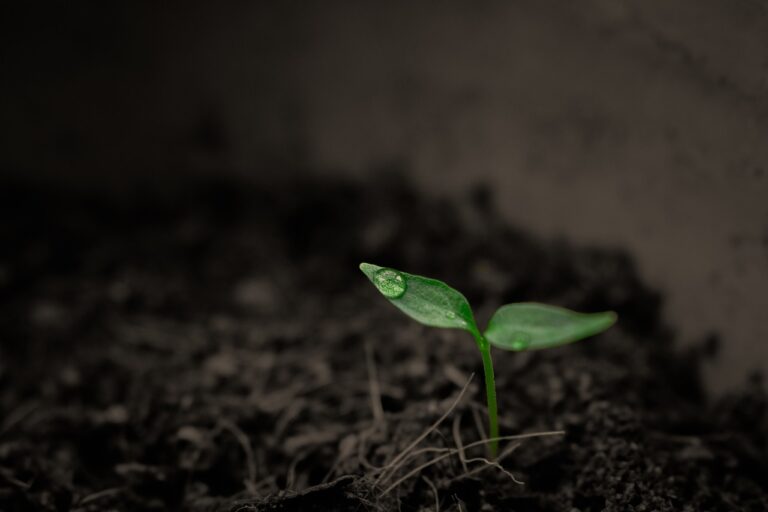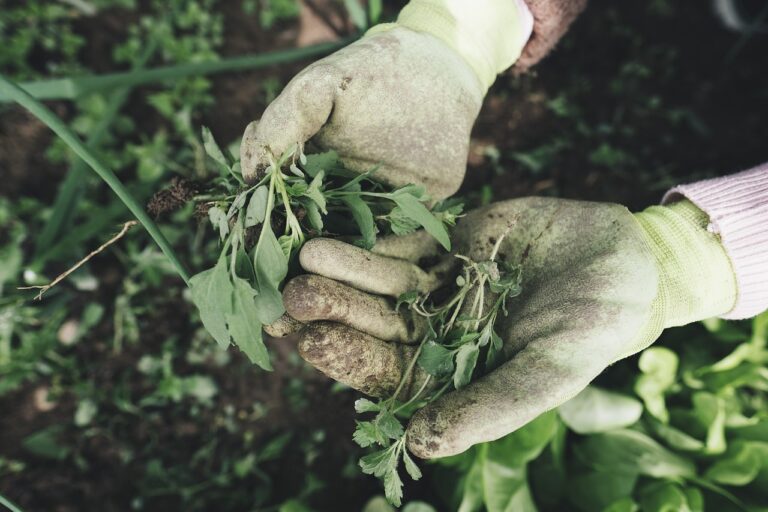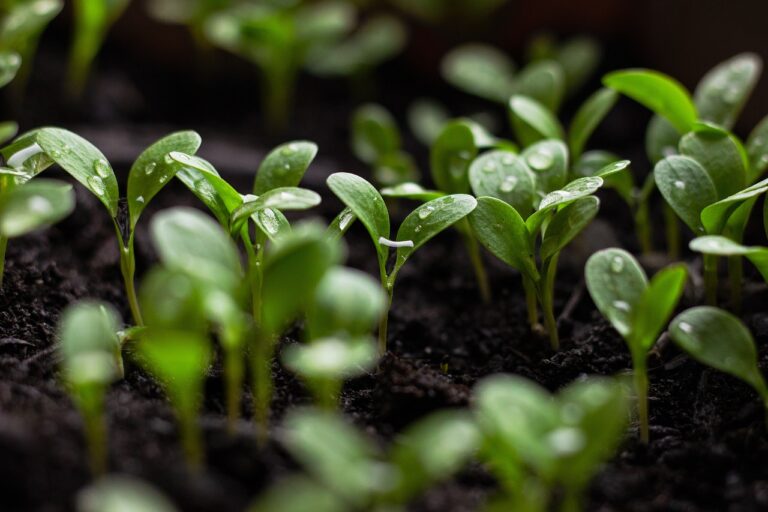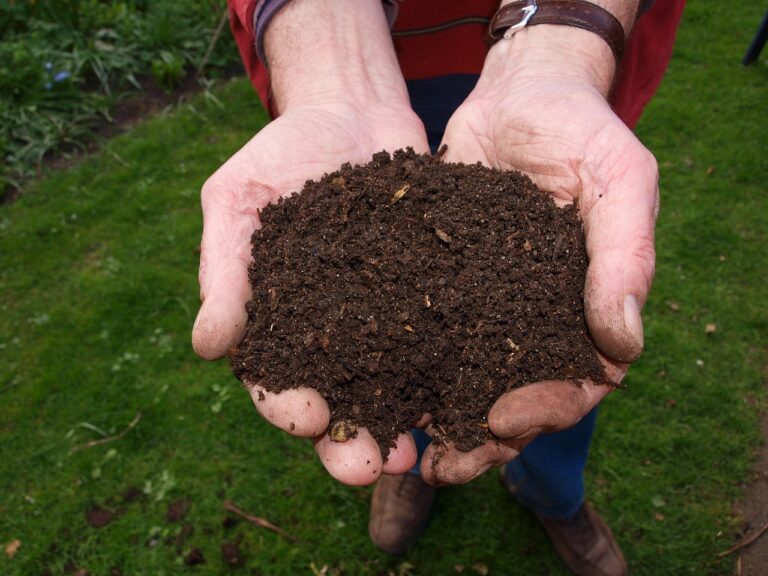How to Grow Your Own Vegetables: A Step-by-Step Guide to a Bountiful Harvest
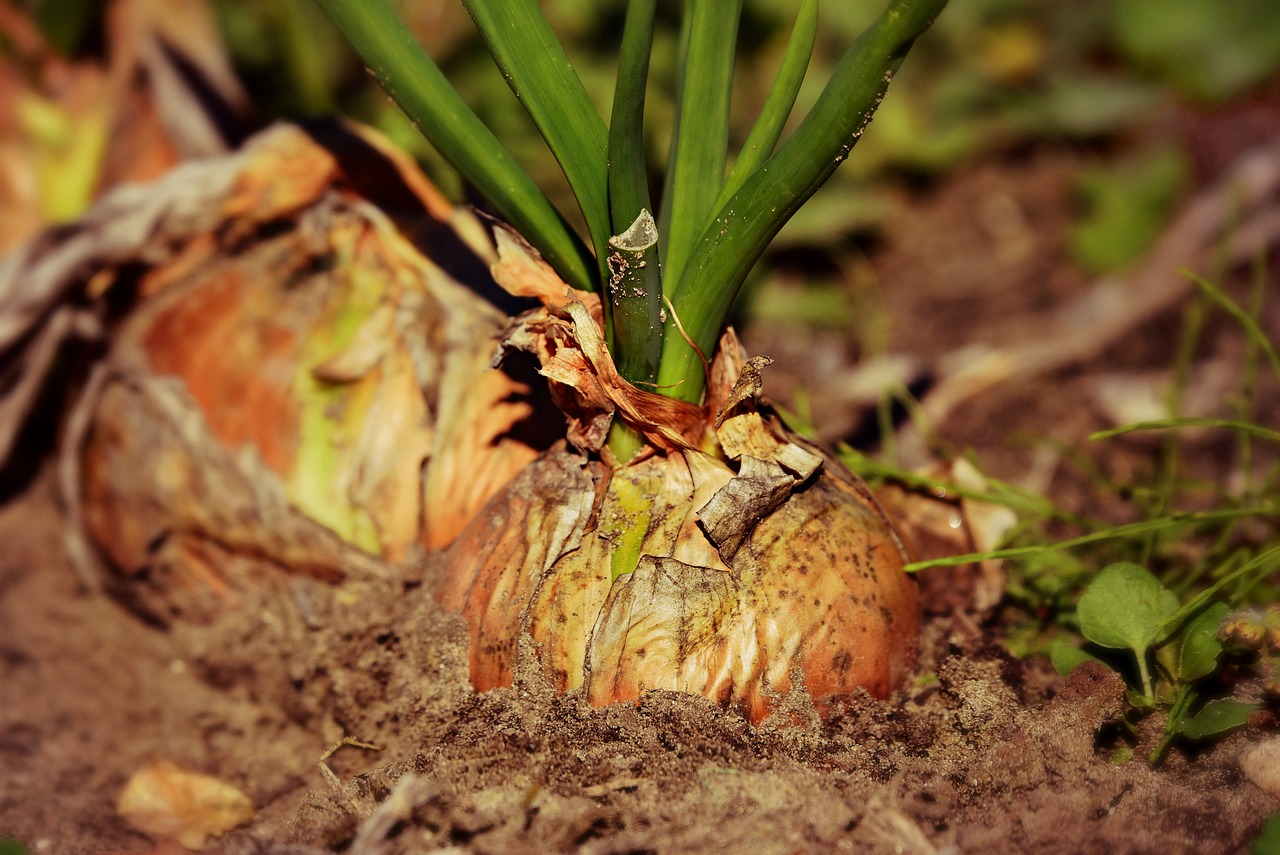
Growing your own vegetables is a rewarding and sustainable way to enjoy fresh, nutritious produce right from your backyard. Whether you have a spacious garden or a small balcony, you can cultivate a variety of vegetables with the right approach and care. Here’s a step-by-step guide to help you get started on your vegetable gardening journey.
1. Plan Your Vegetable Garden
Planning your garden is the first step to a successful vegetable-growing endeavor. Consider the following factors:
- Location: Choose a spot that receives at least 6-8 hours of direct sunlight daily. Most vegetables need ample sunlight to thrive. Ensure the location has good air circulation and easy access to water.
- Garden Size: Determine the size of your garden based on the available space and the amount of produce you want to grow. Start small if you’re a beginner, and expand as you gain confidence and experience.
- Vegetable Selection: Select vegetables that you and your family enjoy eating. Consider your climate and growing season when choosing varieties. Beginners may find success with easy-to-grow vegetables like tomatoes, lettuce, radishes, and zucchini.
- Garden Layout: Plan the layout of your garden, ensuring proper spacing between plants to allow for healthy growth and airflow. Group plants with similar water and sunlight needs together. You can use raised beds, containers, or traditional in-ground garden beds.
2. Prepare the Soil
Healthy soil is the foundation of a productive vegetable garden. Prepare your soil by following these steps:
- Soil Testing: Conduct a soil test to determine its pH and nutrient levels. Soil tests can be done using a home testing kit or by sending a sample to a local cooperative extension service.
- Soil Amendment: Based on the soil test results, amend the soil to improve its fertility and structure. Add organic matter such as compost, well-rotted manure, or leaf mold to enrich the soil with nutrients and improve drainage and moisture retention.
- Tilling and Aeration: Loosen the soil to a depth of 6-12 inches using a garden fork or tiller. This promotes root growth and improves soil aeration. Remove any rocks, weeds, or debris.
3. Plant Your Vegetables
Once your garden is planned and the soil is prepared, it’s time to plant your vegetables:
- Seeds or Seedlings: Decide whether to start your vegetables from seeds or seedlings. Seeds are more economical and offer a wider variety of choices, while seedlings give you a head start and are more convenient for beginners.
- Planting Depth and Spacing: Follow the instructions on seed packets or plant labels for the correct planting depth and spacing. Proper spacing ensures that plants have enough room to grow and receive adequate sunlight and airflow.
- Watering: Water your newly planted seeds or seedlings thoroughly. Keep the soil consistently moist but not waterlogged. Regular watering is critical during the germination and early growth stages.
4. Care for Your Vegetable Garden
Consistent care is essential for a successful vegetable garden. Here are key maintenance tasks:
- Watering: Regularly water your garden, providing deep and infrequent irrigation rather than shallow and frequent watering. Water early in the morning to reduce evaporation and prevent fungal diseases.
- Mulching: Apply a layer of organic mulch around your plants to retain soil moisture, suppress weeds, and regulate soil temperature. Mulch also helps reduce water evaporation and improve soil fertility over time.
- Fertilizing: Feed your plants with organic fertilizers such as compost, fish emulsion, or seaweed extract. Follow the recommended application rates and schedule for each type of vegetable.
- Weeding: Keep your garden weed-free by regularly removing weeds that compete with your vegetables for nutrients and water. Mulching can help reduce weed growth.
- Pest and Disease Management: Monitor your garden for signs of pests and diseases. Use organic pest control methods such as hand-picking pests, introducing beneficial insects, or applying neem oil or insecticidal soap. Remove and dispose of any diseased plants or plant parts promptly.
5. Harvest Your Vegetables
Harvesting your vegetables at the right time ensures maximum flavor and nutrition. Here are some tips for harvesting:
- Timing: Harvest vegetables when they reach their mature size and color, as indicated on the seed packet or plant label. Regularly check your garden to avoid overripe or underripe produce.
- Techniques: Use clean, sharp scissors or pruning shears to harvest vegetables, being careful not to damage the plants. For root crops like carrots and radishes, gently loosen the soil and pull them out by their tops.
- Storage: Store harvested vegetables properly to maintain freshness. Some vegetables, like tomatoes and peppers, can be stored at room temperature, while others, like leafy greens and root crops, should be refrigerated.
6. Extend Your Growing Season
To maximize your vegetable harvest, consider extending your growing season with these techniques:
- Succession Planting: Planting different crops sequentially throughout the growing season ensures a continuous harvest. For example, after harvesting early crops like radishes and lettuce, plant warm-season vegetables like beans and cucumbers in the same space.
- Season Extenders: Use season extenders such as row covers, cold frames, or greenhouses to protect your plants from frost and extend the growing season. These tools create a microclimate that allows you to start planting earlier in spring and continue harvesting into fall.
- Indoor Gardening: Grow herbs, greens, and small vegetables indoors using containers, windowsills, or hydroponic systems. Indoor gardening provides fresh produce year-round, regardless of outdoor conditions.
In conclusion, growing your own vegetables involves planning your garden, preparing the soil, planting your vegetables, providing consistent care, harvesting at the right time, and extending the growing season. By following these steps, you can enjoy the rewards of fresh, homegrown produce and cultivate a sustainable and productive vegetable garden. Happy gardening!

